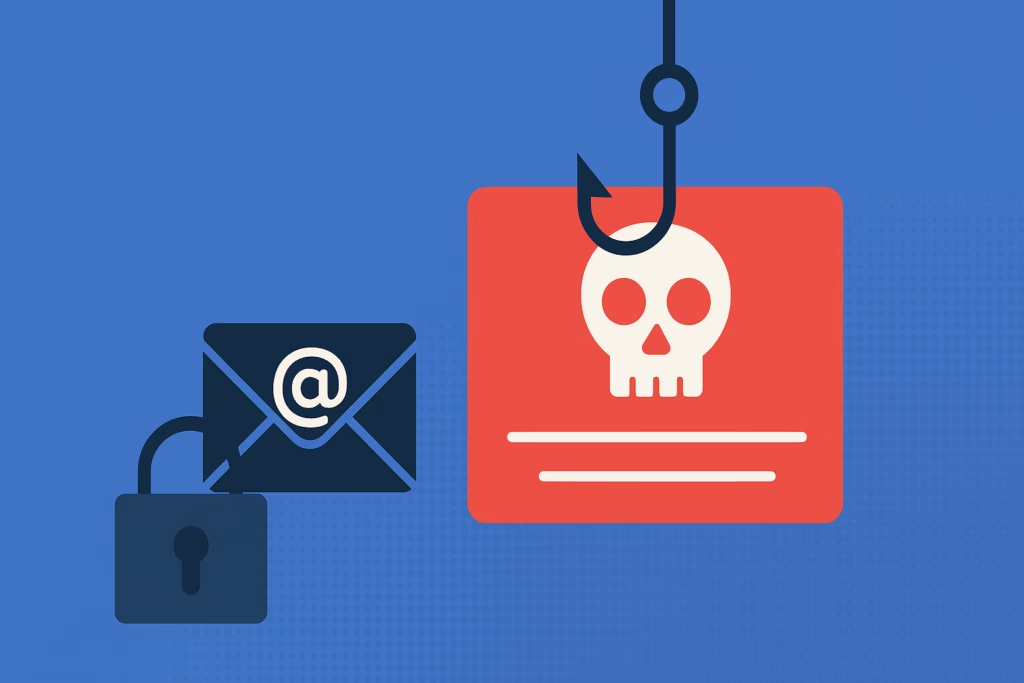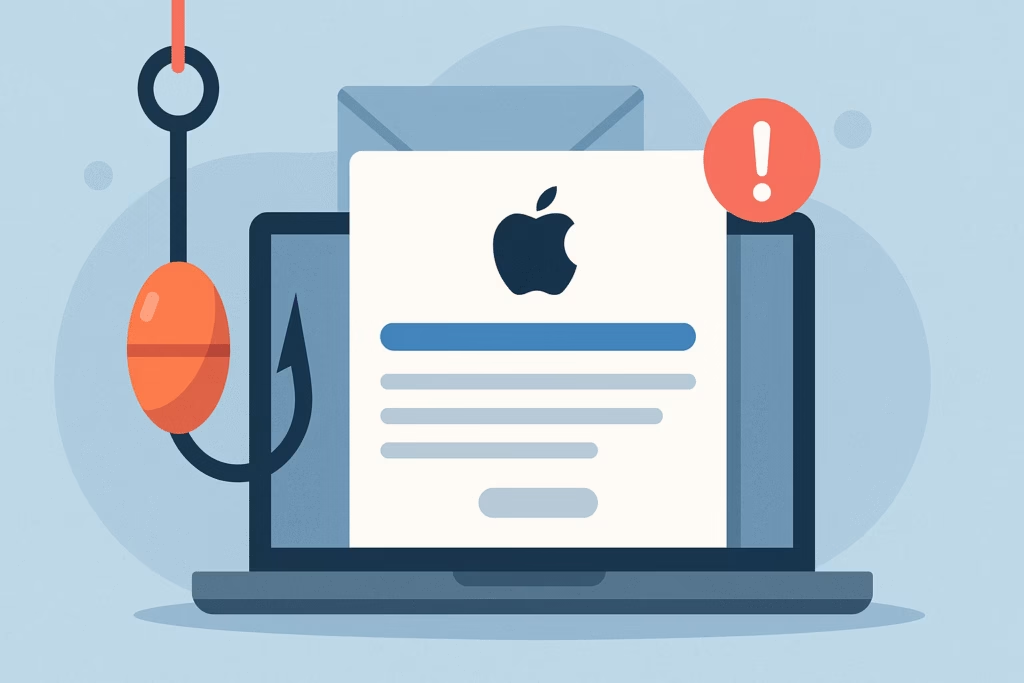
Phishing attacks represent one of the most significant cybersecurity threats facing organizations and individuals today. With over 3.4 billion phishing emails sent daily, these sophisticated social engineering attacks continue to evolve, targeting everything from personal credentials to sensitive business data. The financial impact is staggering – the FBI’s Internet Crime Complaint Center reported that phishing scams cost Americans over $54 million in 2022 alone.
Effective phishing protection requires a multi-layered approach combining advanced technology, employee education, and robust security protocols. This comprehensive guide explores proven defense strategies that organizations and individuals can implement to significantly reduce their vulnerability to phishing attacks.
Understanding Modern Phishing Threats
Today’s phishing attacks have evolved far beyond simple email scams. Cybercriminals now employ sophisticated techniques that can fool even security-conscious users. Understanding these evolving threats is crucial for implementing effective phishing prevention measures.
Types of Phishing Attacks
Modern phishing campaigns take multiple forms, each requiring specific defensive strategies:
- Email Phishing: Traditional email-based attacks that impersonate legitimate organizations
- Spear Phishing: Highly targeted attacks using personalized information
- Whaling: Attacks specifically targeting high-level executives
- Vishing: Voice-based phishing conducted over phone calls
- Smishing: SMS-based phishing attacks targeting mobile devices
- Business Email Compromise (BEC): Sophisticated attacks targeting financial transactions
Current Phishing Trends
Recent data from Anti-Phishing Working Group reveals concerning trends in phishing attack frequency and sophistication. Attackers increasingly leverage artificial intelligence to create more convincing phishing content, making traditional detection methods less effective.
Technical Anti-Phishing Solutions
Implementing robust technical defenses forms the foundation of any comprehensive phishing protection strategy. These solutions work automatically to filter malicious content before it reaches end users.
Email Security Gateways
Advanced email security solutions provide the first line of defense against phishing attempts. These systems analyze incoming messages using multiple detection methods:
- Content Analysis: Examines message content for suspicious patterns and keywords
- Reputation Filtering: Checks sender reputation against known threat databases
- URL Scanning: Analyzes embedded links for malicious destinations
- Attachment Sandboxing: Tests attachments in isolated environments
- Machine Learning Detection: Uses AI to identify previously unknown phishing patterns
DNS Filtering and Web Protection
DNS-based security solutions block access to known phishing domains and suspicious websites. These systems work by:
- Maintaining real-time databases of malicious domains
- Blocking DNS requests to known phishing sites
- Providing real-time threat intelligence updates
- Offering granular policy controls for different user groups
Browser Security Extensions
Modern browsers include built-in phishing protection, but additional security extensions can provide enhanced protection. These tools offer real-time warning systems and block access to suspicious websites before users can interact with malicious content.
Employee Education and Awareness Programs
Human error remains the weakest link in cybersecurity defenses. According to Verizon’s Data Breach Investigations Report, 85% of successful data breaches involve human elements. Comprehensive security awareness training is essential for effective phishing prevention.
Building Security-Conscious Culture
Creating a security-aware workplace requires ongoing commitment and structured approaches:
- Regular Training Sessions: Conduct monthly security awareness meetings
- Simulated Phishing Exercises: Test employee responses to realistic phishing attempts
- Incident Reporting Procedures: Establish clear protocols for reporting suspicious emails
- Recognition Programs: Reward employees who identify and report phishing attempts
- Leadership Engagement: Ensure executives model good security practices
Training Content and Methods
Effective security training should cover practical, actionable guidance that employees can immediately apply:
- Identifying common phishing indicators in emails
- Verifying sender authenticity through alternative channels
- Recognizing urgent or emotional language designed to bypass critical thinking
- Understanding social engineering tactics used in spear phishing
- Proper procedures for handling suspicious attachments and links
Multi-Factor Authentication Implementation
Even when phishing attacks successfully capture credentials, multi-factor authentication (MFA) provides a critical additional security layer. Organizations implementing MFA can reduce successful account breaches by up to 99.9%, according to Microsoft security research.
MFA Implementation Best Practices
Successful MFA deployment requires careful planning and user-friendly implementation:
- Risk-Based Assessment: Prioritize MFA for high-risk accounts and applications
- User Experience Optimization: Choose MFA methods that balance security with usability
- Backup Authentication Methods: Provide multiple authentication options for account recovery
- Regular Review and Updates: Periodically assess and update MFA policies
- Integration with Existing Systems: Ensure MFA works seamlessly with current infrastructure
Advanced Phishing Defense Strategies
Organizations facing sophisticated threats require advanced defensive measures beyond basic email filtering and user training.
Zero Trust Architecture
Zero Trust security models assume no implicit trust and verify every user and device attempting to access resources. This approach significantly reduces the impact of successful phishing attacks by limiting access to sensitive systems and data.
Behavioral Analytics
Advanced security platforms use machine learning to establish baseline user behavior patterns. When users exhibit unusual activity following potential phishing exposure, these systems can automatically trigger additional verification requirements or access restrictions.
Threat Intelligence Integration
Real-time threat intelligence feeds provide up-to-date information about emerging phishing campaigns and indicators of compromise. Integrating these feeds with security systems enables proactive protection against new threats.
Incident Response and Recovery
Despite best efforts, some phishing attacks may succeed. Having a well-defined incident response plan ensures rapid containment and recovery.
Immediate Response Steps
When phishing incidents occur, organizations should follow these critical steps:
- Isolate Affected Systems: Immediately disconnect compromised devices from the network
- Change Credentials: Reset passwords for potentially compromised accounts
- Assess Impact: Determine what data or systems may have been accessed
- Document Evidence: Preserve logs and evidence for forensic analysis
- Notify Stakeholders: Inform relevant parties according to incident response procedures
Recovery and Lessons Learned
Post-incident analysis helps organizations improve their phishing protection strategies. This process should include reviewing what security controls failed, identifying areas for improvement, and updating policies and procedures accordingly.
Measuring Phishing Protection Effectiveness
Organizations must regularly assess their anti-phishing program effectiveness through key performance indicators and regular testing.
Key Metrics to Track
- Phishing simulation click rates and reporting rates
- Time to detect and respond to phishing incidents
- Number of blocked phishing attempts
- Employee training completion rates and assessment scores
- Reduction in successful phishing attacks over time
Choosing the Right Phishing Protection Solution
Selecting effective phishing protection technology requires careful evaluation of features, integration capabilities, and organizational requirements. Modern solutions like PhishDef offer comprehensive protection combining advanced threat detection, real-time blocking, and detailed reporting capabilities designed specifically for today’s evolving threat landscape.
Essential Features to Consider
When evaluating phishing protection solutions, organizations should prioritize:
- Real-time threat detection and blocking capabilities
- Integration with existing security infrastructure
- Comprehensive reporting and analytics
- Scalability for organizational growth
- User-friendly management interfaces
- Regular updates and threat intelligence feeds
Key Takeaways for Effective Phishing Prevention
Successful phishing protection requires a comprehensive approach combining technological solutions, human awareness, and robust processes. Organizations that implement layered defenses, maintain current security awareness training, and regularly assess their protection effectiveness will significantly reduce their risk of falling victim to phishing attacks.
The evolving nature of phishing threats demands continuous vigilance and adaptation of security measures. By staying informed about emerging trends, investing in advanced protection technologies, and fostering a security-conscious culture, organizations can build resilient defenses against even the most sophisticated phishing campaigns.
Ready to strengthen your organization’s phishing defenses? PhishDef provides advanced, real-time protection against evolving phishing threats with comprehensive detection capabilities and seamless integration. Contact our security experts today to learn how PhishDef can enhance your cybersecurity posture and protect your valuable digital assets from phishing attacks.


